David Malan, of the hit class CS50, was working to perfect online teaching long before the pandemic. Is his method a model for the future of higher education?
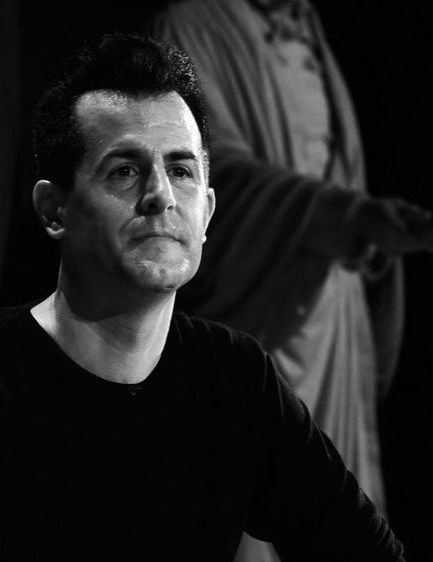


Amazing.
The human DNA is a biological internet and superior in many aspects to the artificial one. Russian scientific research directly or indirectly explains phenomena such as clairvoyance, intuition, spontaneous and remote acts of healing, self healing, affirmation techniques, unusual light/auras around people (namely spiritual masters), mind’s influence on weather patterns and much more. In addition, there is evidence for a whole new type of medicine in which DNA can be influenced and reprogrammed by words and frequencies WITHOUT cutting out and replacing single genes.
Only 10% of our DNA is being used for building proteins. It is this subset of DNA that is of interest to western researchers and is being examined and categorized. The other 90% are considered “junk DNA.” The Russian researchers, however, convinced that nature was not dumb, joined linguists and geneticists in a venture to explore those 90% of “junk DNA.” Their results, findings and conclusions are simply revolutionary!
According to them, our DNA is not only responsible for the construction of our body but also serves as data storage and in communication. The Russian linguists found that the genetic code, especially in the apparently useless 90%, follows the same rules as all our human languages. To this end they compared the rules of syntax (the way in which words are put together to form phrases and sentences), semantics (the study of meaning in language forms) and the basic rules of grammar.

Elon Musk confirmed that Tesla plans to use a different alloy for the upcoming Cybertruck electric pickup.
When Tesla unveiled the Cybertruck last year, one of the most interesting features was the fact the vehicle isn’t going to be built using a traditional automotive body system but with an exoskeleton.
The automaker wrote about the exoskeleton:
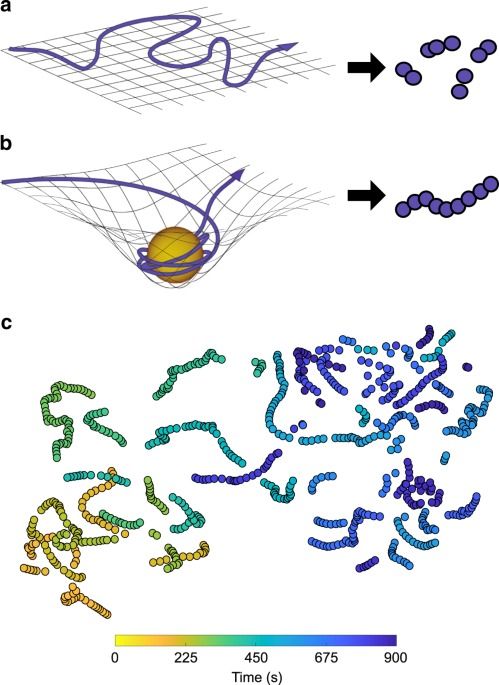

The relationship between mental imagery and vision is a long-standing problem in neuroscience. Currently, it is not known whether differences between the activity evoked during vision and reinstated during imagery reflect different codes for seen and mental images. To address this problem, we modeled mental imagery in the human brain as feedback in a hierarchical generative network. Such networks synthesize images by feeding abstract representations from higher to lower levels of the network hierarchy. When higher processing levels are less sensitive to stimulus variation than lower processing levels, as in the human brain, activity in low-level visual areas should encode variation in mental images with less precision than seen images. To test this prediction, we conducted an fMRI experiment in which subjects imagined and then viewed hundreds of spatially varying naturalistic stimuli. To analyze these data, we developed imagery-encoding models. These models accurately predicted brain responses to imagined stimuli and enabled accurate decoding of their position and content. They also allowed us to compare, for every voxel, tuning to seen and imagined spatial frequencies, as well as the location and size of receptive fields in visual and imagined space. We confirmed our prediction, showing that, in low-level visual areas, imagined spatial frequencies in individual voxels are reduced relative to seen spatial frequencies and that receptive fields in imagined space are larger than in visual space. These findings reveal distinct codes for seen and mental images and link mental imagery to the computational abilities of generative networks.
Keywords: encoding models; fMRI; generative network; mental imagery; receptive fields; vision.
Copyright © 2020 Elsevier Inc. All rights reserved.
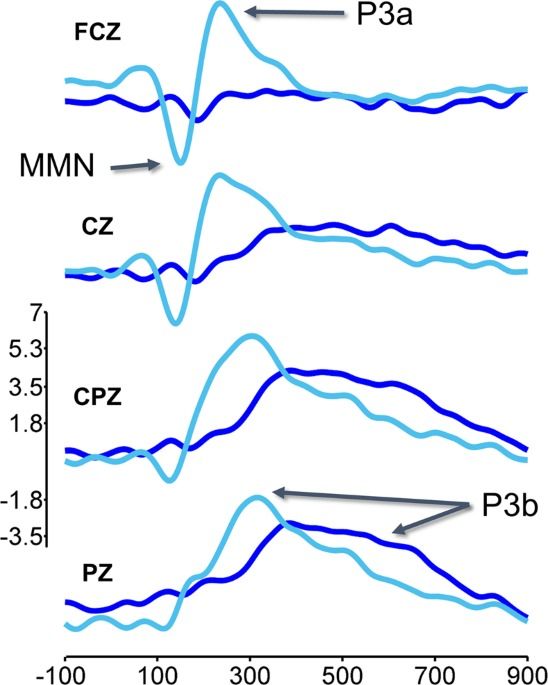
This study attempts to answer the question: “Is hearing the last to go?” We present evidence of hearing among unresponsive actively dying hospice patients. Individual ERP (MMN, P3a, and P3b) responses to deviations in auditory patterns are reported for conscious young, healthy control participants, as well as for hospice patients, both when the latter were conscious, and again when they became unresponsive to their environment. Whereas the MMN (and perhaps too the P3a) is considered an automatic response to auditory irregularities, the P3b is associated with conscious detection of oddball targets. All control participants, and most responsive hospice patients, evidenced a “local” effect (either a MMN, a P3a, or both) and some a “global” effect (P3b) to deviations in tone, or deviations in auditory pattern. Importantly, most unresponsive patients showed evidence of MMN responses to tone changes, and some showed a P3a or P3b response to either tone or pattern changes. Thus, their auditory systems were responding similarly to those of young, healthy controls just hours from end of life. Hearing may indeed be one of the last senses to lose function as humans die.
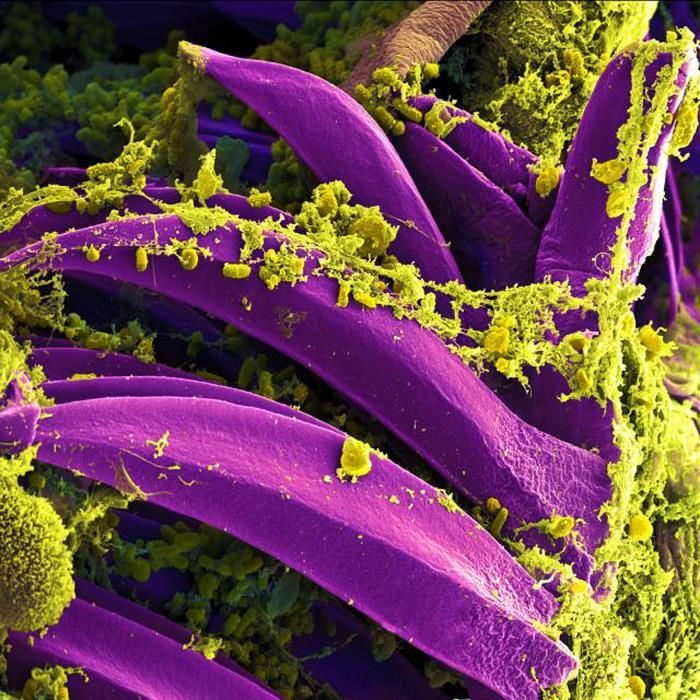
Plague is an age-old disease that can still be deadly today, but now researchers are developing new vaccines that could potentially protect against plague infection, early research in animals suggests.
In a new study, researchers tested three vaccines that were designed to protect people against infection from the bacteria that cause plague, known as Yersinia pestis. To create the vaccines, the researchers modified several genes of the bacteria so that they couldn’t cause disease, but would likely trigger an immune response in an animal. Specifically, the vaccines were designed to protect people against the bacteria that cause pneumonic plague, the most serious form of plague and the only type that spreads through airborne transmission.
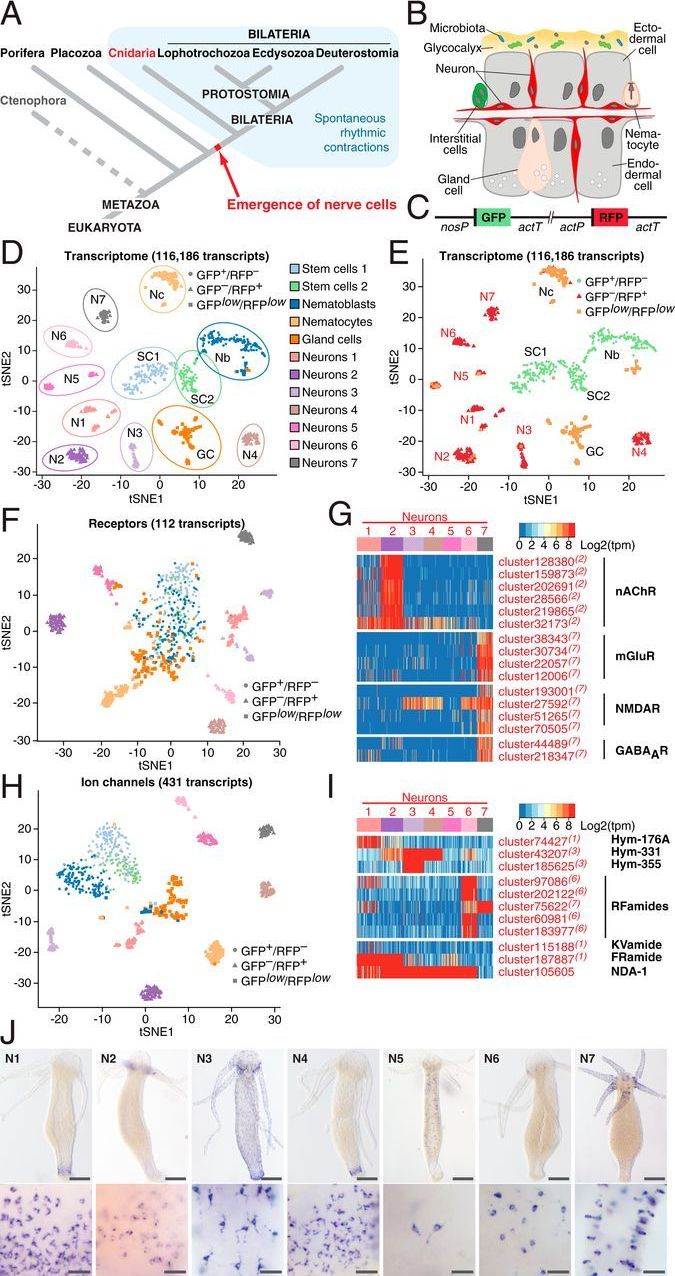
Here, we discover prototypical pacemaker neurons in the ancient cnidarian Hydra and provide evidence for a direct interaction of these neurons with the commensal microbiota. We uncover a remarkable gene-expression program conservation between the Hydra pacemaker neurons and pacemaker cells in Caenorhabditis elegans and the mammalian gut. We suggest that prototypical pacemaker cells emerged as neurons using components of innate immunity to interact with the microbial environment and ion channels to generate rhythmic contractions. The communication of pacemaker neurons with the microbiota represents a mechanistic link between the gut microbiota and gut motility. Our discoveries improve the understanding of the archetypical properties of the enteric nervous systems, which are perturbed in human dysmotility-related conditions.
Pacemaker neurons exert control over neuronal circuit function by their intrinsic ability to generate rhythmic bursts of action potential. Recent work has identified rhythmic gut contractions in human, mice, and hydra to be dependent on both neurons and the resident microbiota. However, little is known about the evolutionary origin of these neurons and their interaction with microbes. In this study, we identified and functionally characterized prototypical ANO/SCN/TRPM ion channel-expressing pacemaker cells in the basal metazoan Hydra by using a combination of single-cell transcriptomics, immunochemistry, and functional experiments. Unexpectedly, these prototypical pacemaker neurons express a rich set of immune-related genes mediating their interaction with the microbial environment.

An analysis of the speed of the most energetic photons ever observed from a gamma-ray burst sets new constraints on certain theories of quantum gravity.
See more in Physics
Click to Expand.
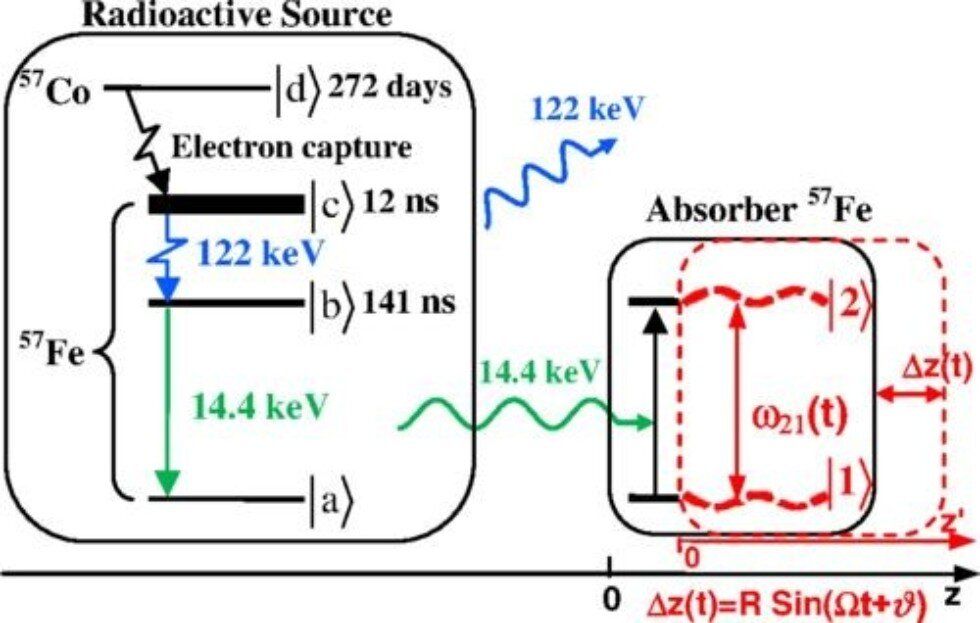
Researchers from Kazan Federal University, Texas A&M University and Institute of Applied Physics (Russian Academy of Sciences) found ways to direct high frequency gamma radiation by means of acoustics.
Their paper describes an optical ‘switch’—a device able to let through or stop gamma quanta by switching the acoustic field. Basically, the mechanism makes iron ‘transparent’ for gamma rays when needed.
The Mossbauer Spectroscopy Lab of Kazan Federal University showed acoustically induced transparency of a resonant medium for gamma radiation in an experiment. The essence of this phenomenon lies in the transformation of the spectrum of the absorption line into a comb structure consisting of satellite lines spaced from the main line by the frequency of the acoustic field. For the experiment, gamma quanta with an energy of 14.4 keV were used, which are emitted during the decay of the excited state of the iron-57 nucleus.